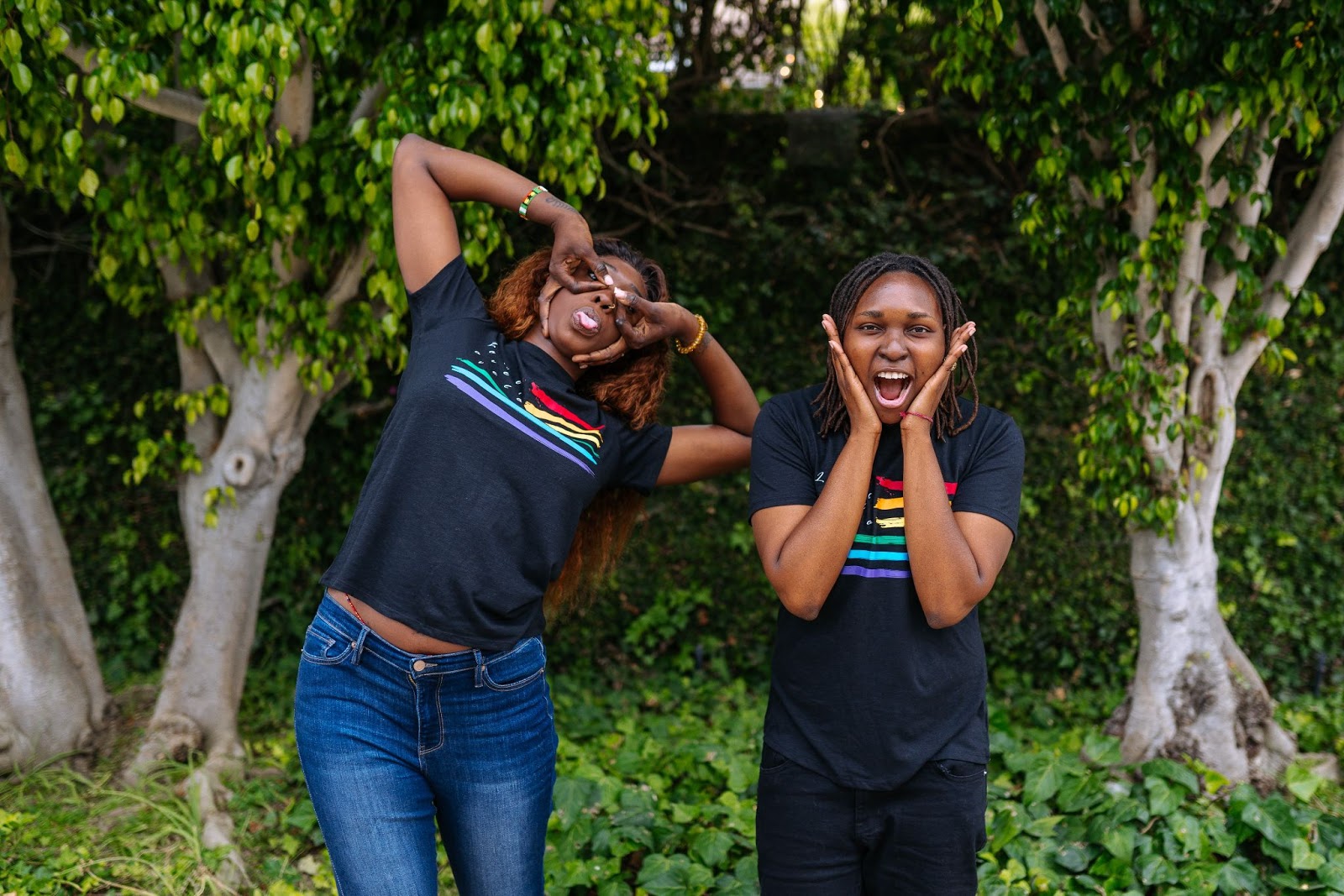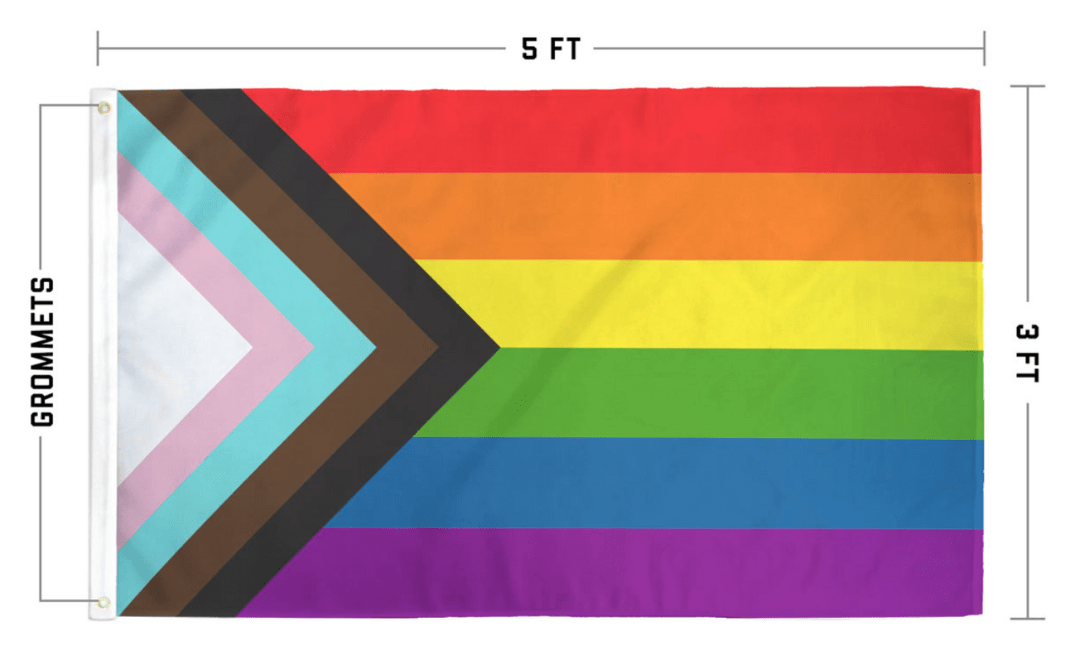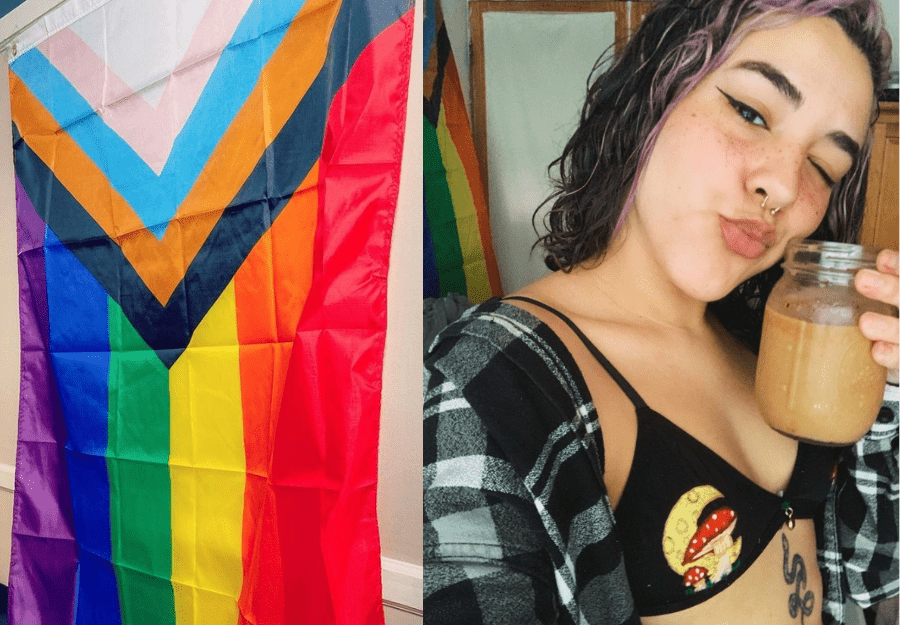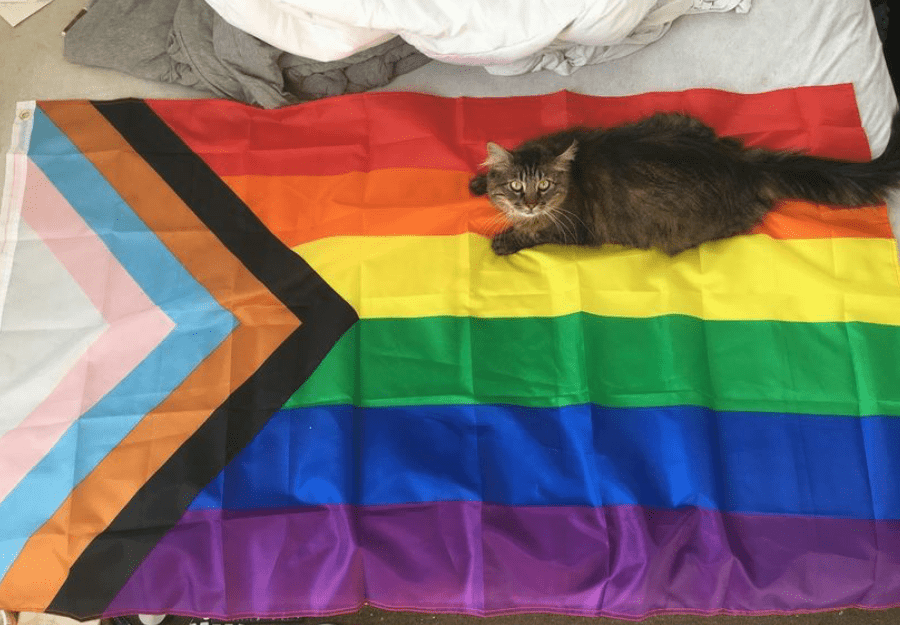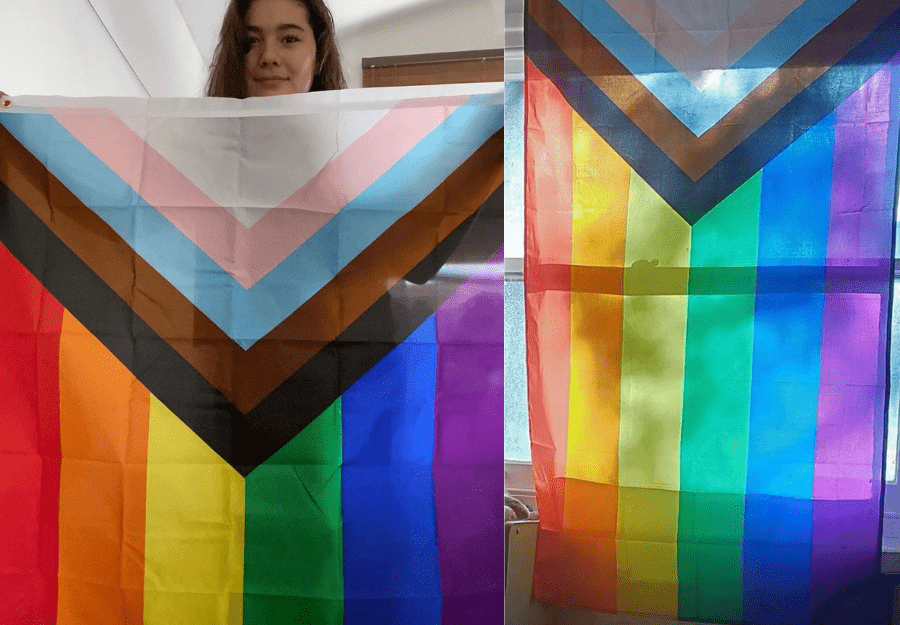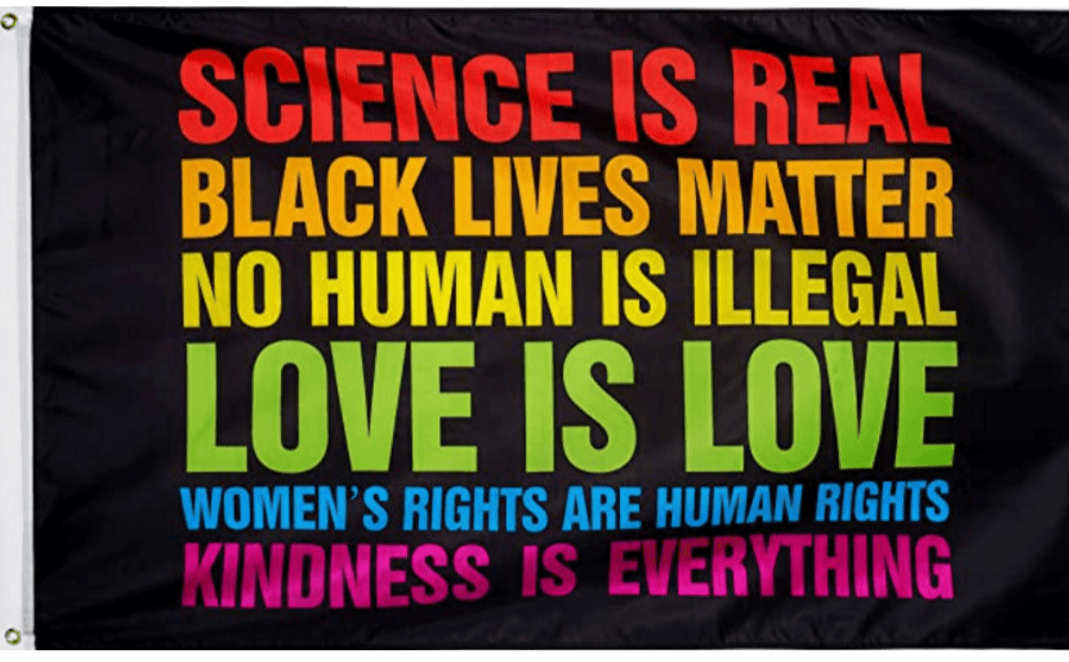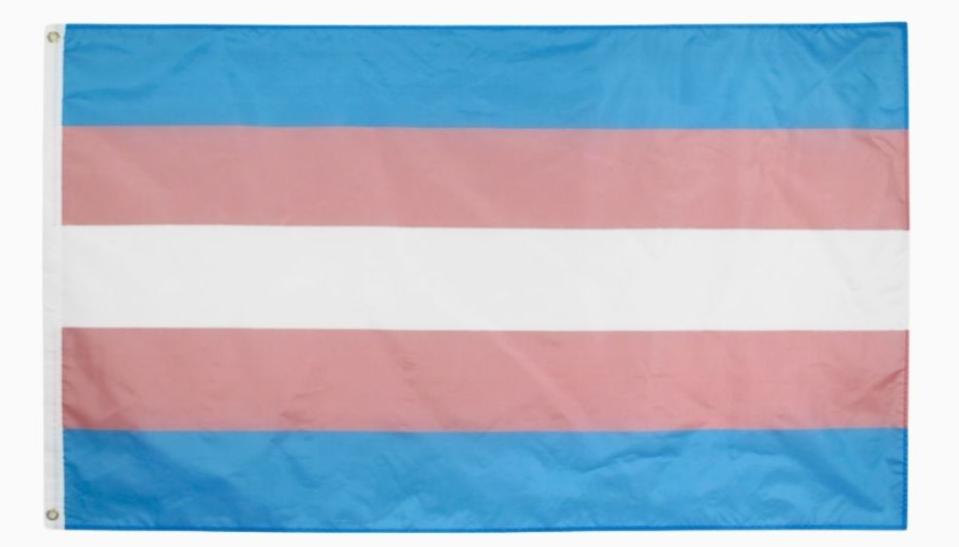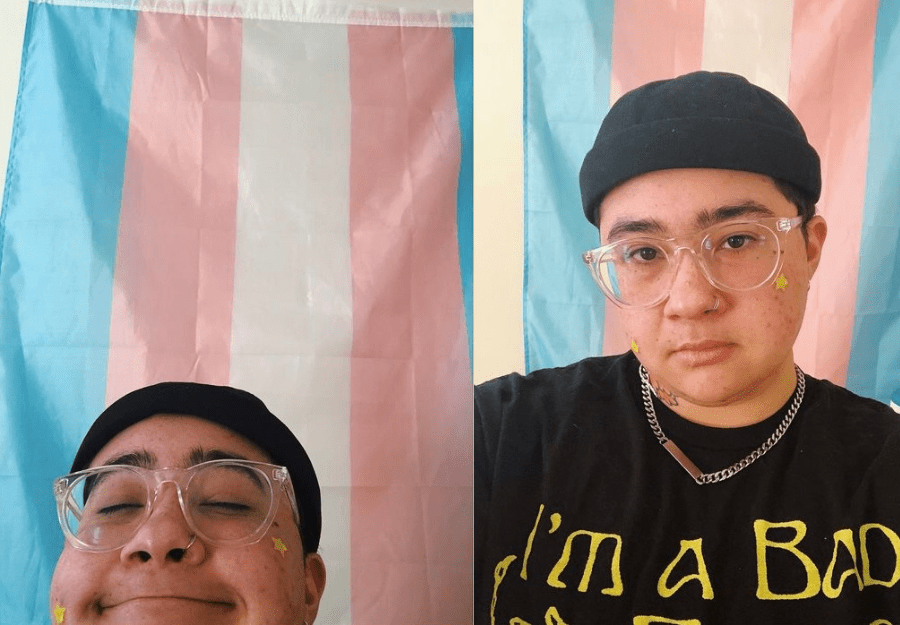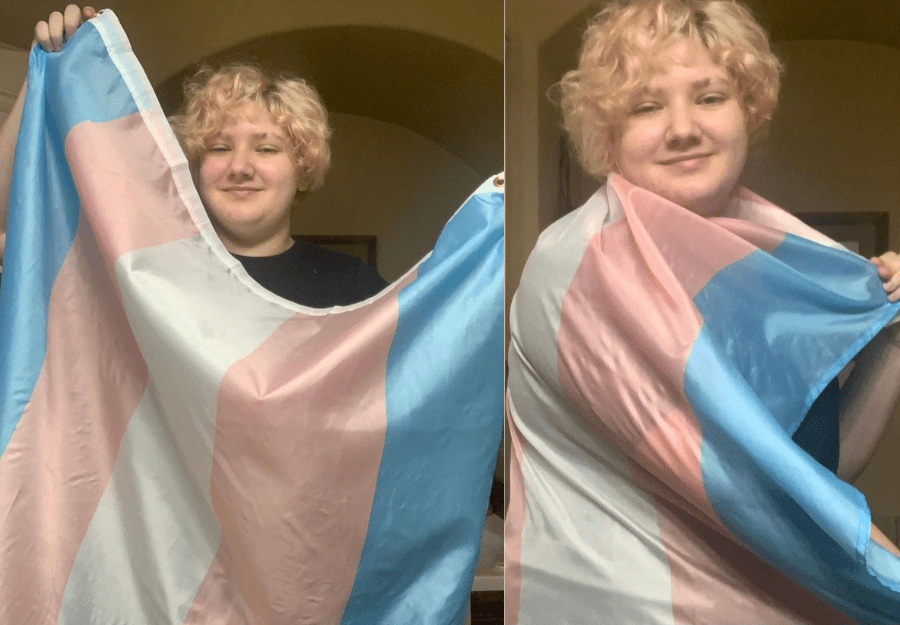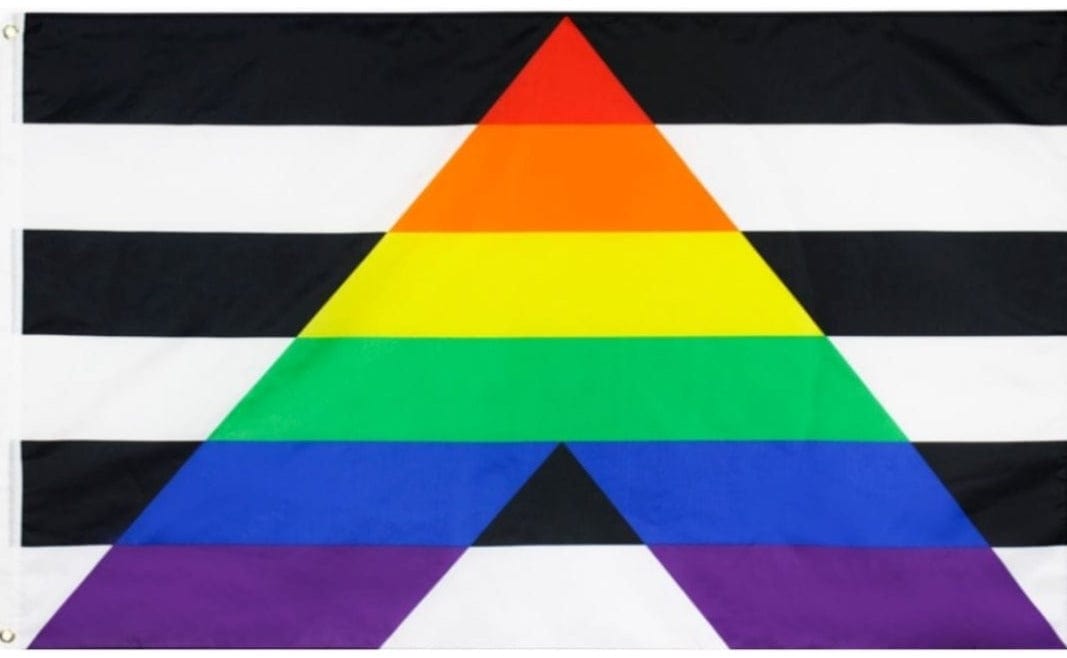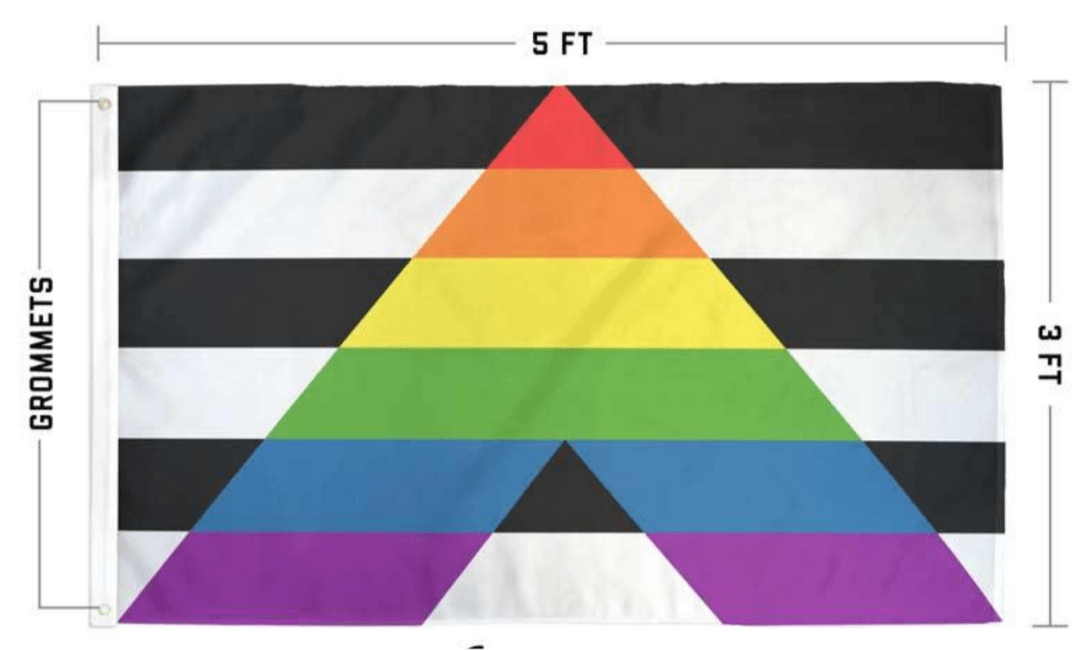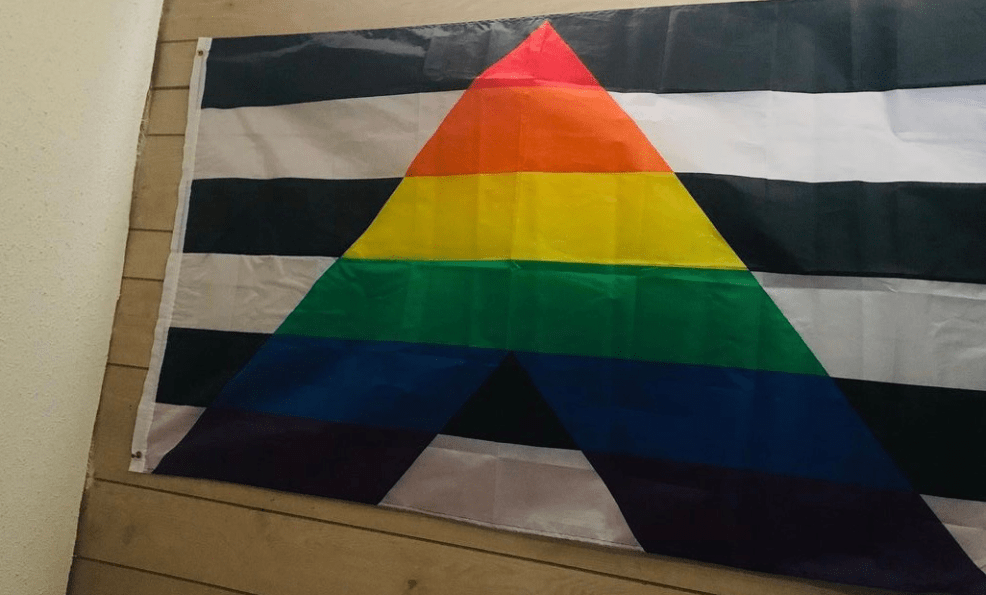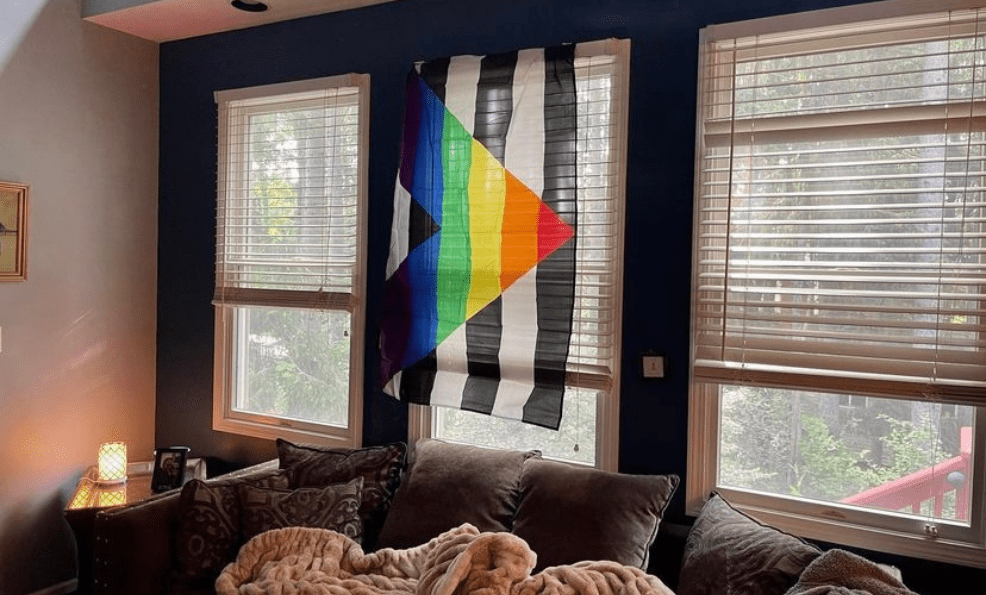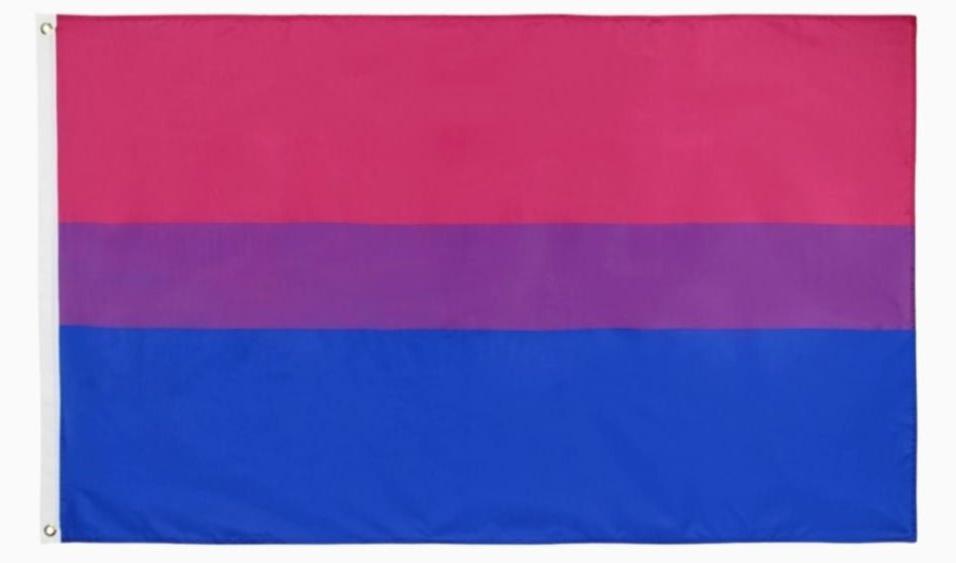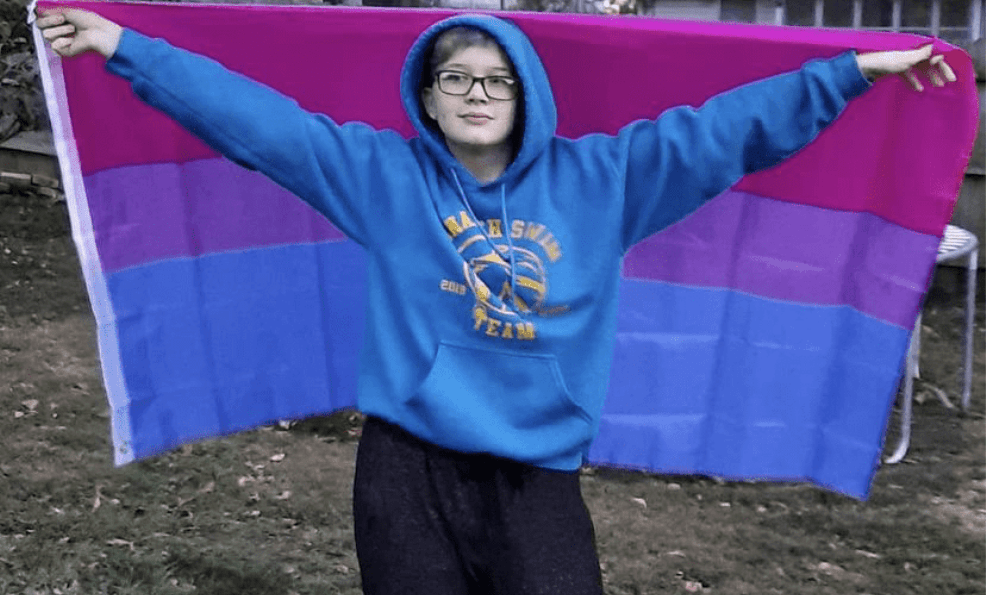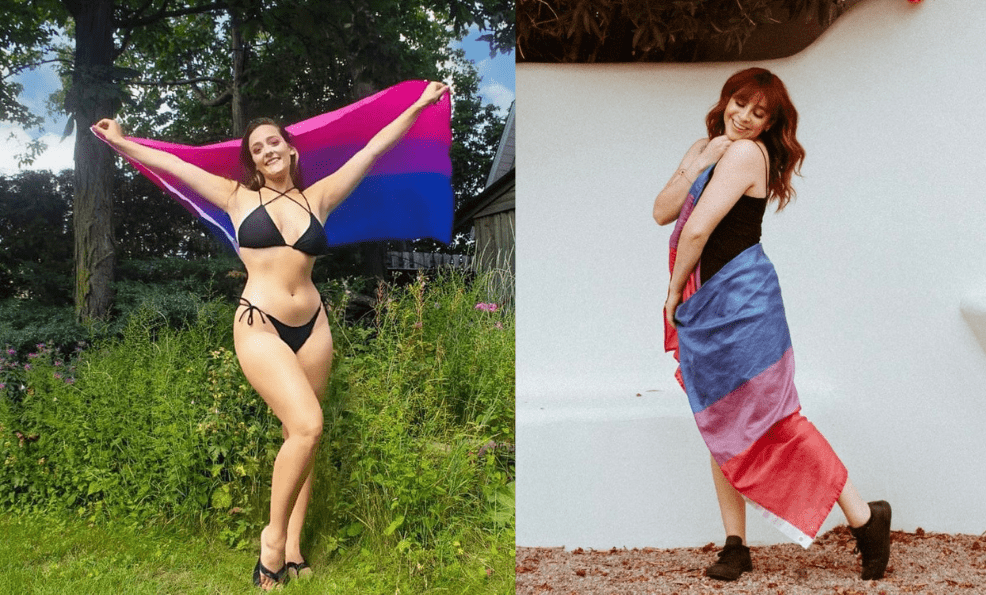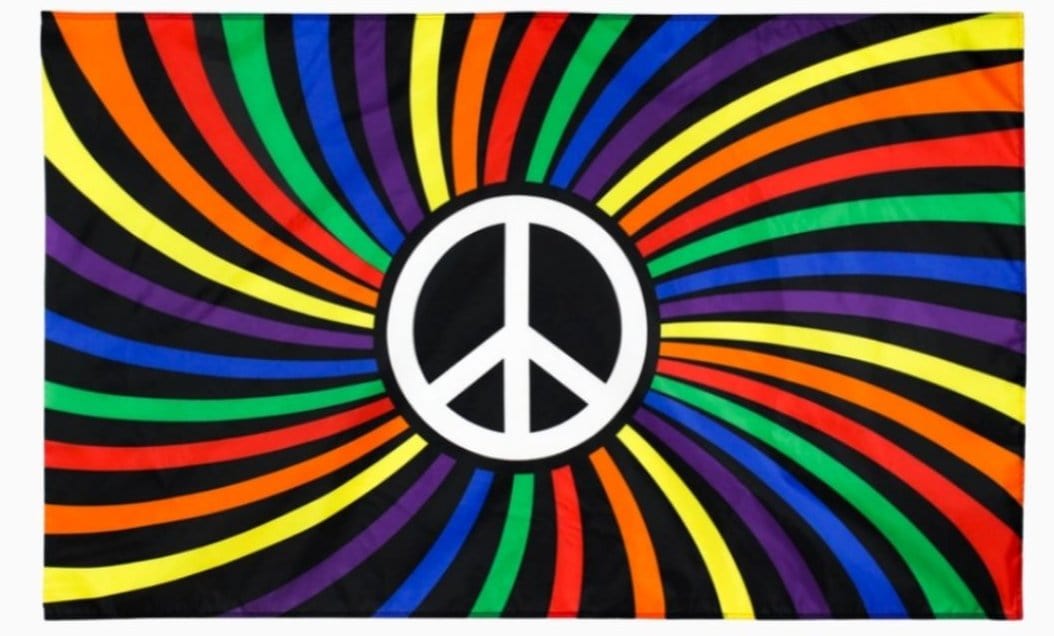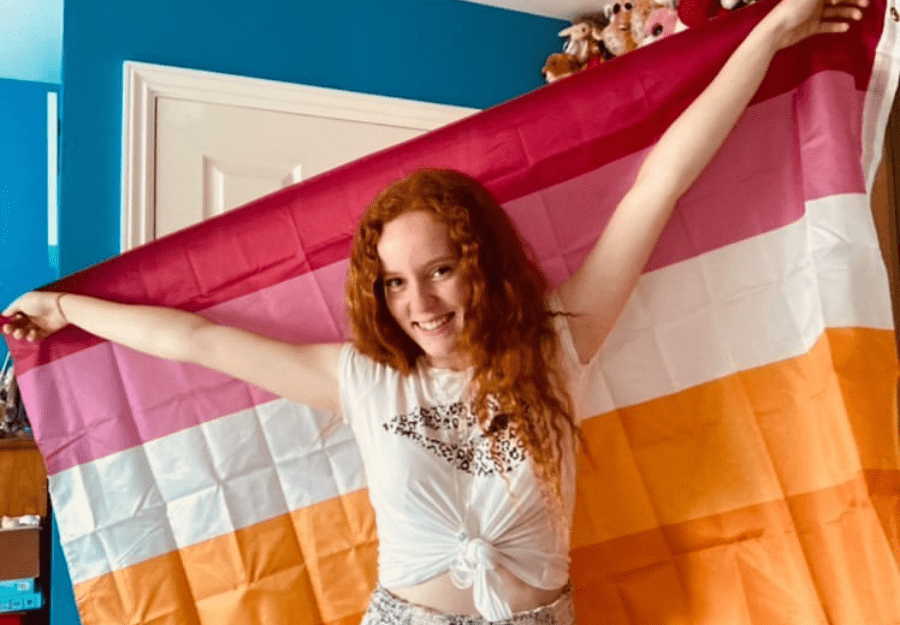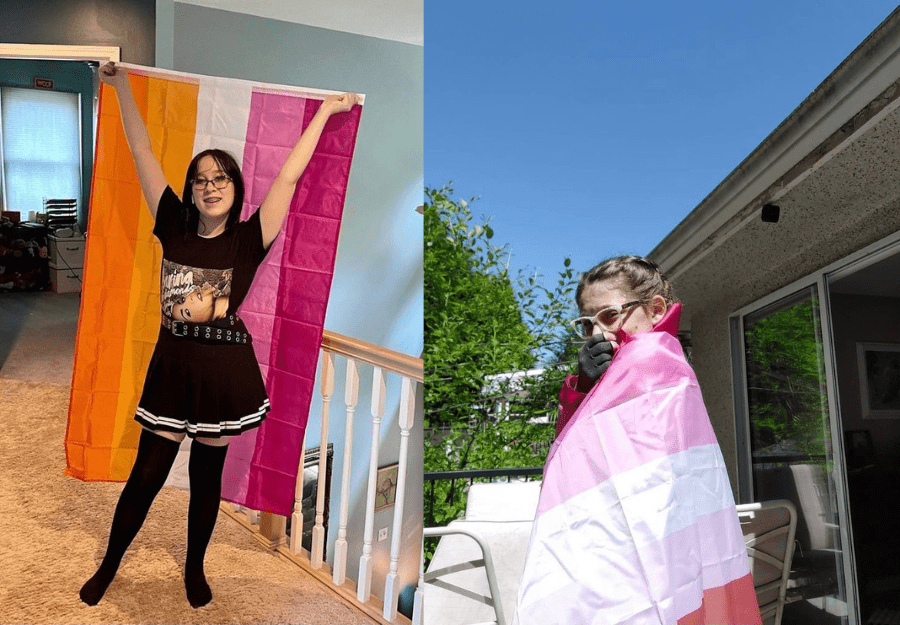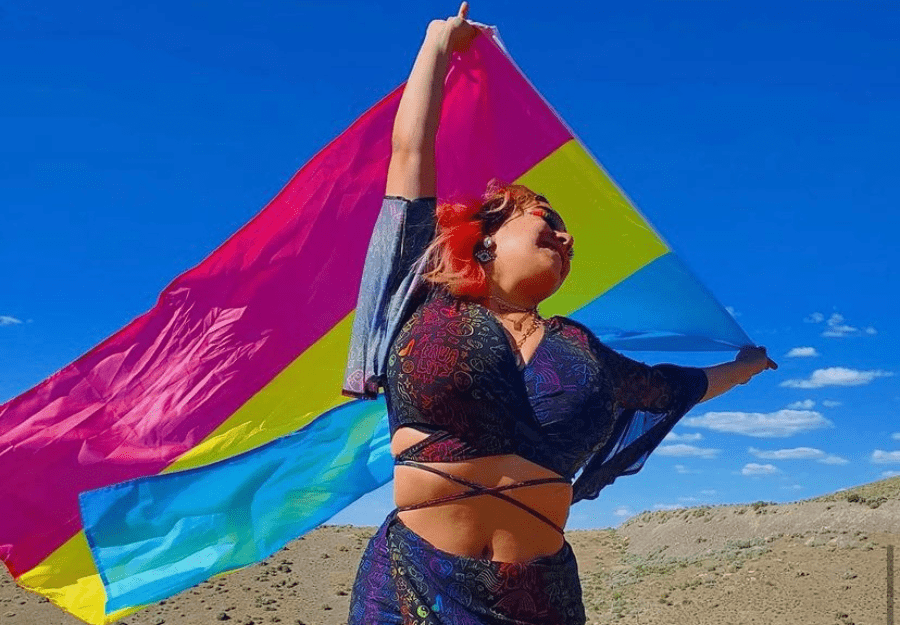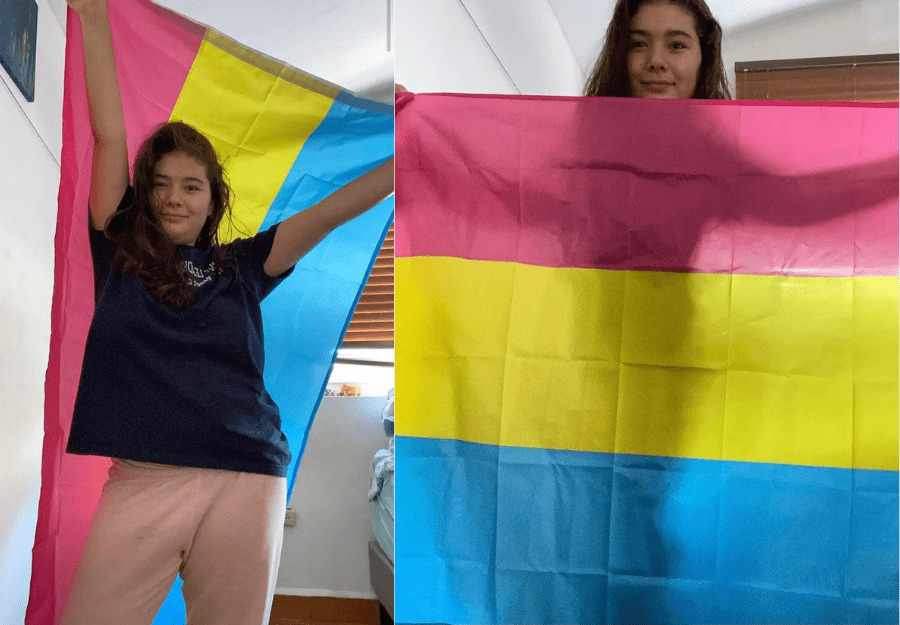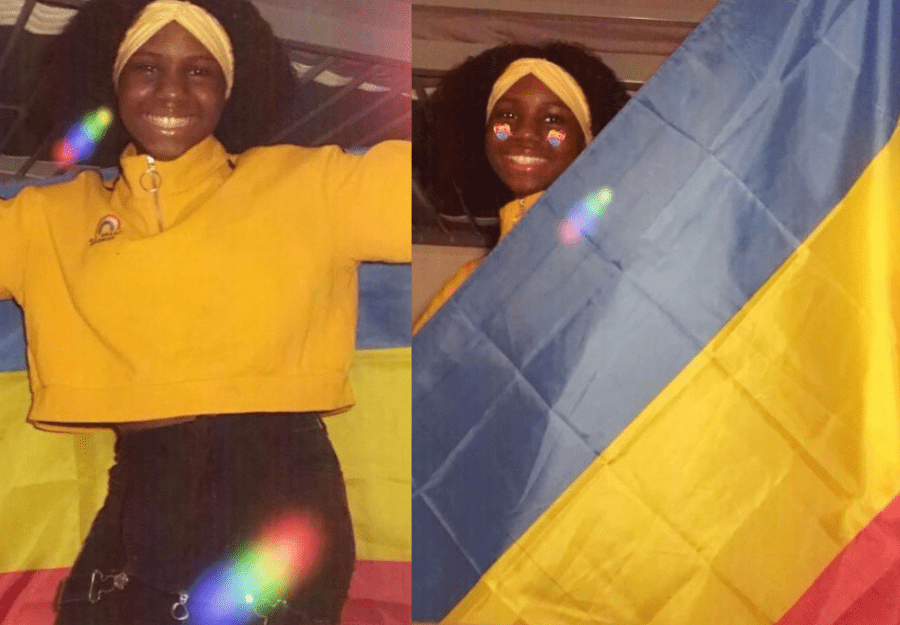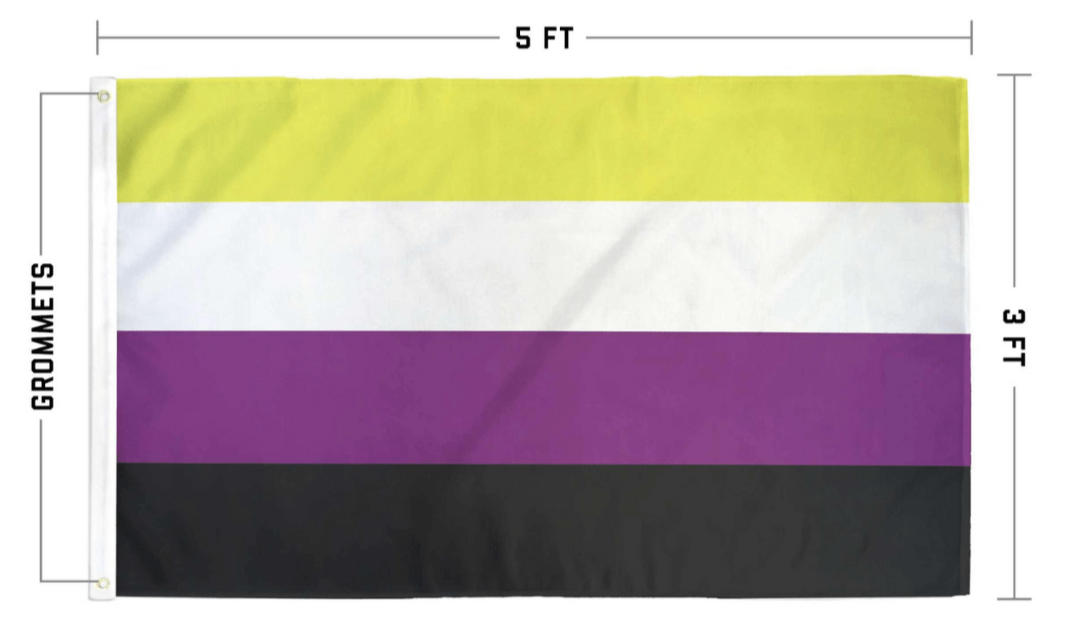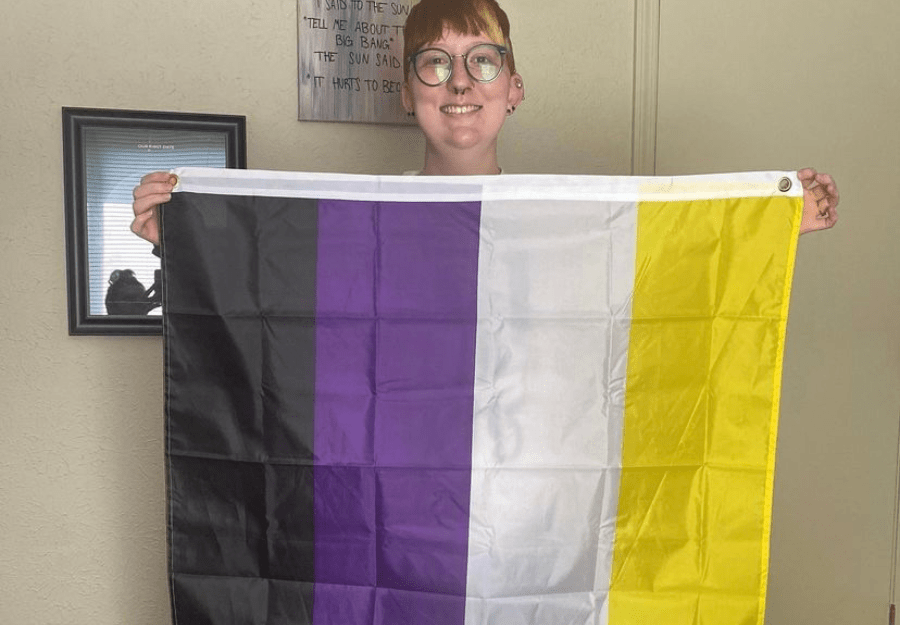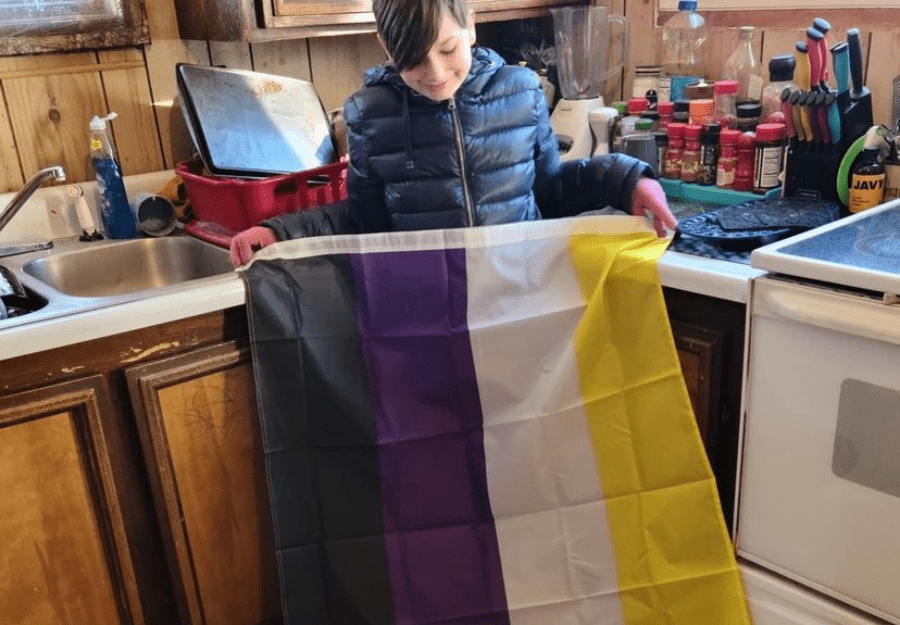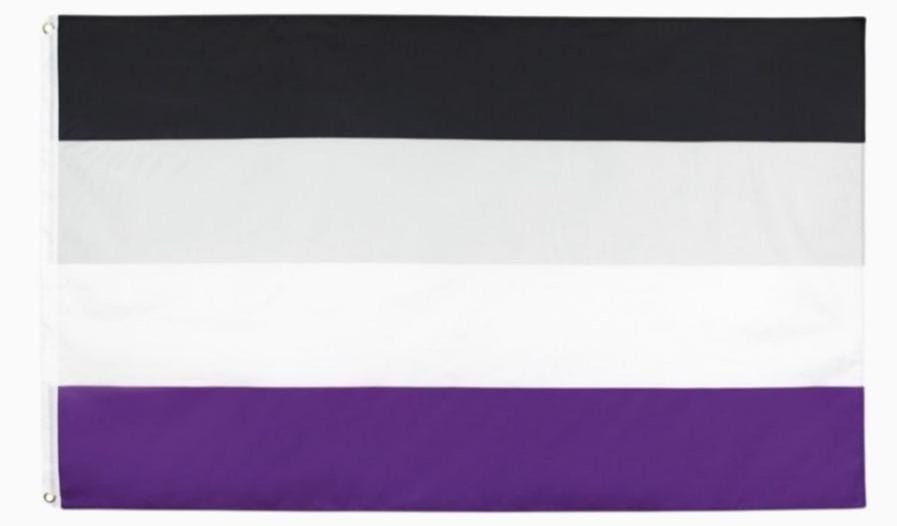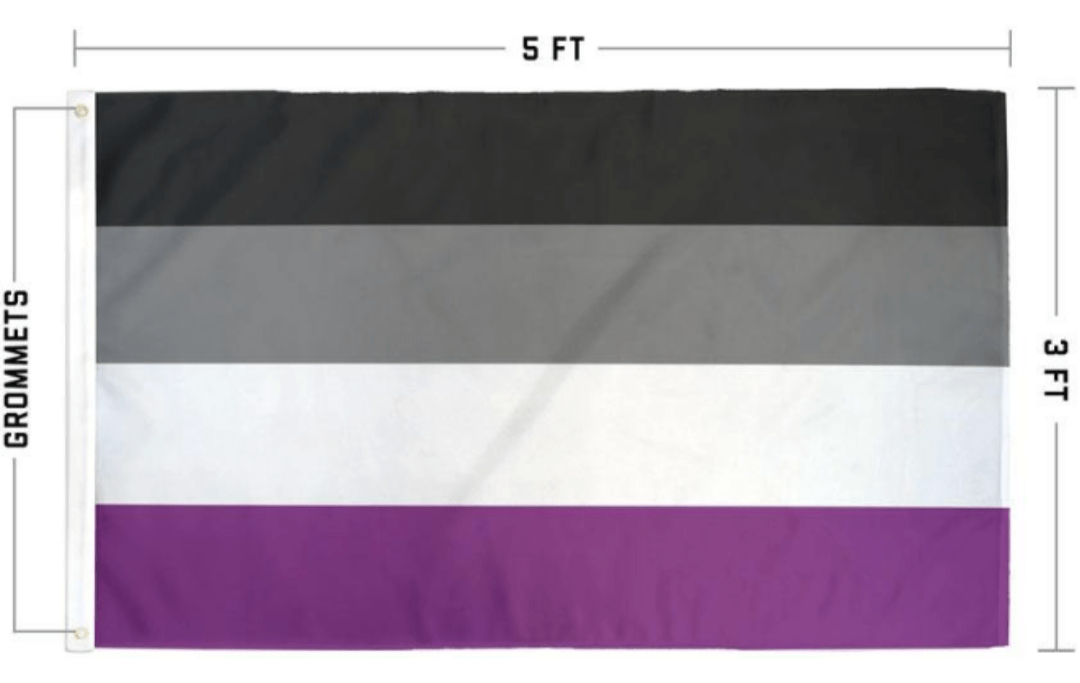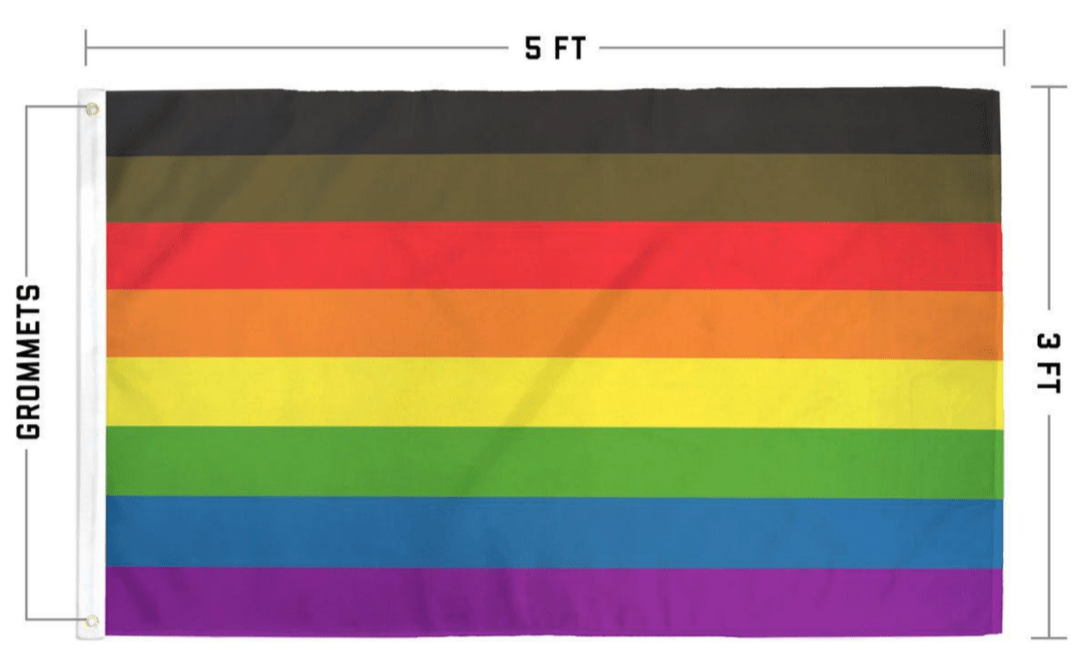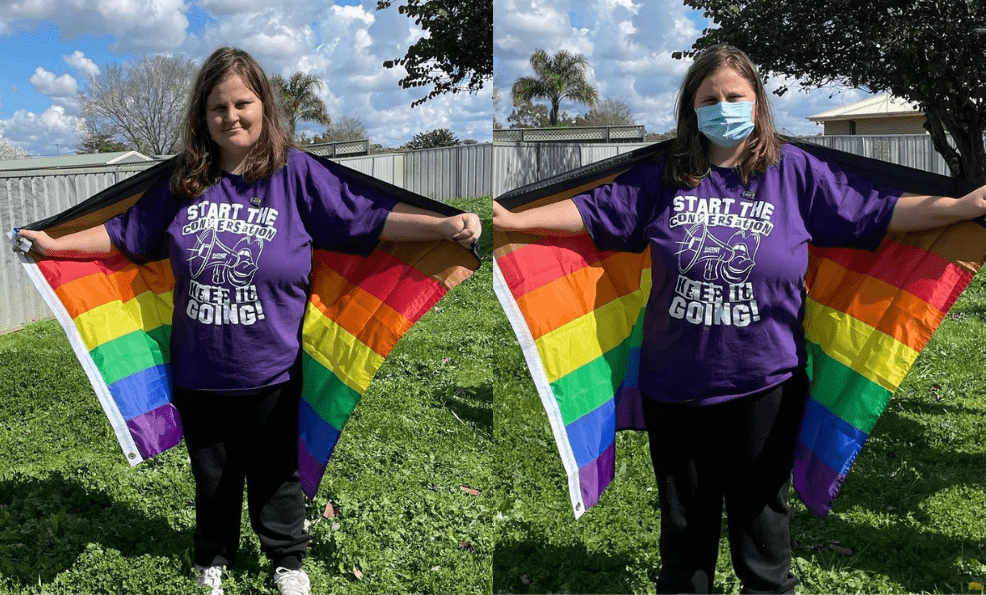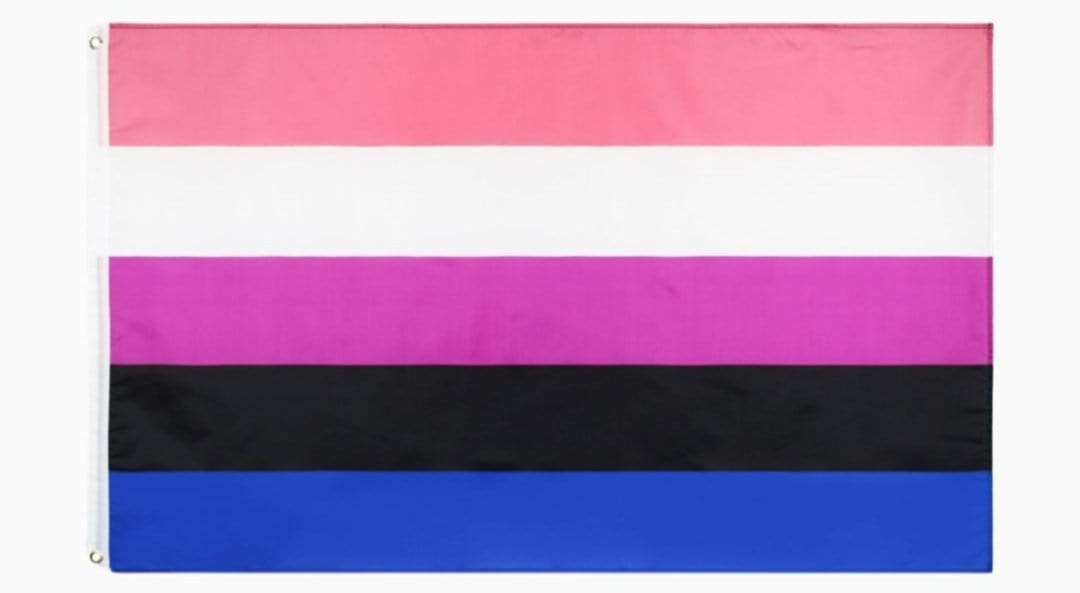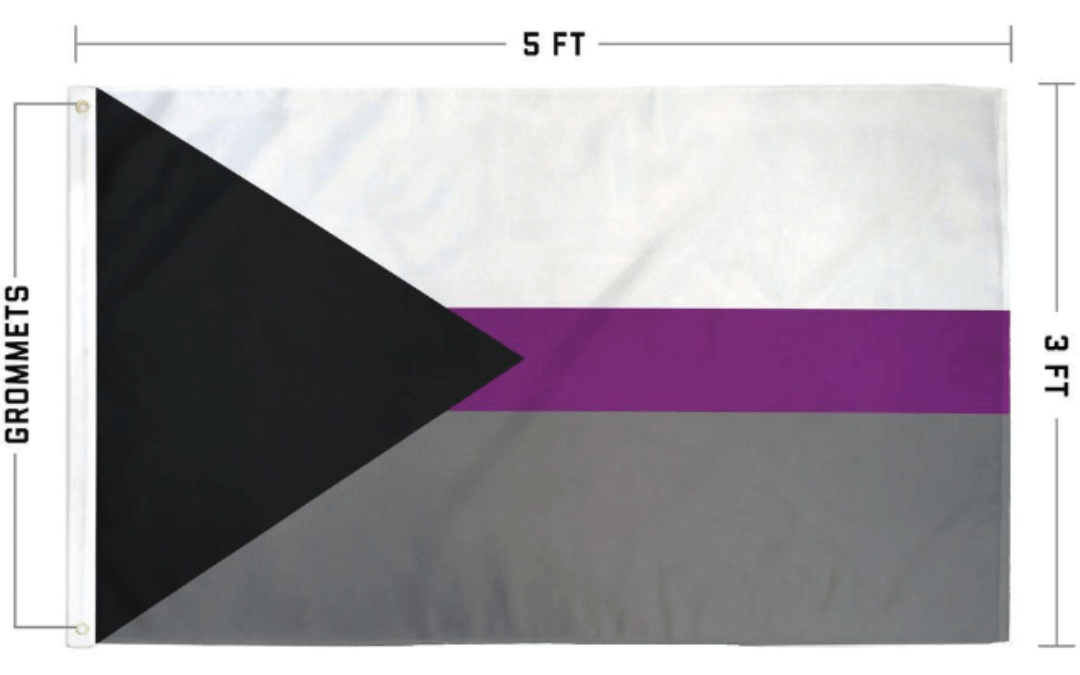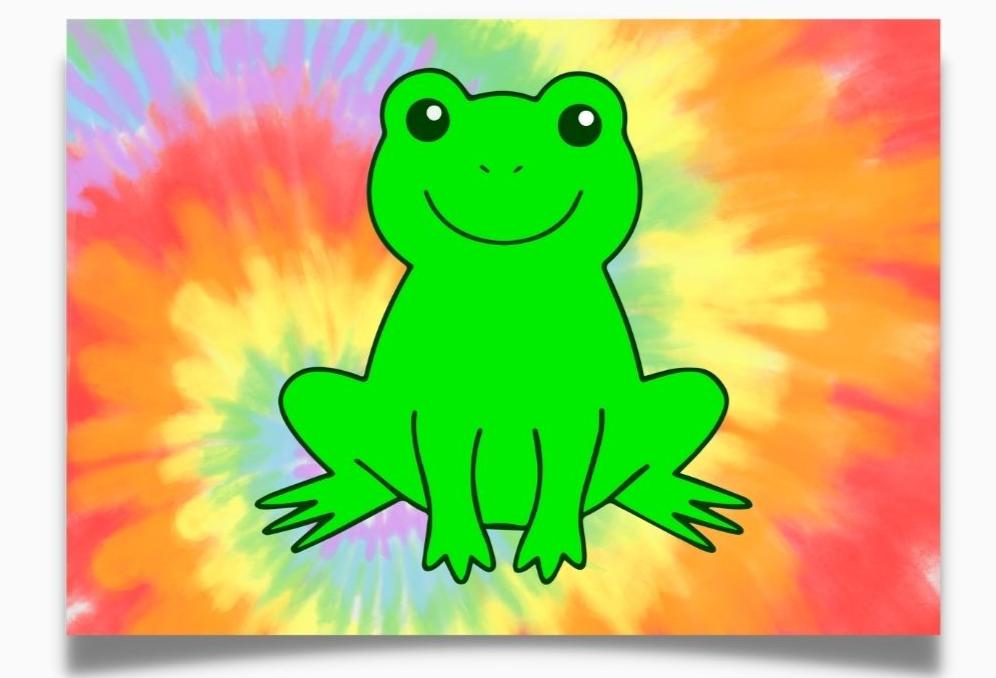What It Means to be Aromantic
Aromantic, or aro for short, is a romantic orientation. Yes, romantic orientations differ from sexual orientations! Though experiences vary between individuals, aromantic people do not develop romantic feelings or desire romance. A few may even feel an aversion to romance. But that isn't true for all aromantics.
If this sounds like what you are going through, or you know someone who identifies as aromantic, you found the right place to start learning more about this wonderful community. There are many common misconceptions, so let's work on understanding a few facts about the aromantic, or "aro" (pronounced like "arrow"), community.
Aromantic vs. Asexual
Being aromantic is often confused with asexuality, but romantic orientations are distinguished from sexual orientations. A romantic connection does not always involve sexual attraction, and the opposite is true, too. Sexual attraction does not always involve romance. Asexuals do not feel sexual desire, but aromantics can! Sexual behavior is often confused with sexual identity, an important aspect of the LGBTQIA+ community.
Though they do not form romantic attachments, aro folx can develop sexual attachments. Not always, but it is a possibility. Both asexual and aromantic individuals can develop loving, committed relationships, just in other ways. The asexual and aromantic spectrum, or a-spec, is wide and varied, and each experience is completely valid. There is no all-encompassing definition that applies to every individual.
Still confused? Let's break it down a bit more.
The Aromantic Experience
We all have an idea of what love “looks like” portrayed by media and social culture. Romance is the focus, represented as the end-goal for a successful love life. Princes save damsels in distress, and love is expressed through grand romantic gestures, like roses and desperate confessions. But love can be expressed in so many other ways.
Aromanticism is an umbrella term for a spectrum of romantic orientations. The best way to understand the rainbow of aro individuals is to learn about their experiences. Many aromantic people would say they don't develop “crushes” or find interest in having a romantic relationship. At most, they may have “squishes,” if that. Some simply do not yearn for the “traditional” relationship structure and instead prefer QPPs, or "queerplatonic partnerships."
These stereotypes of love are accepted as the norm, and aro folx may feel ostracized or that something is wrong with them. Thus, it is common for aro individuals to realize later in life that they are aromantic. The term “aromantic” came about somewhat recently. Like all sexual and gender identities, Romance exists on a spectrum, and they are all valid!
Aromantic Relationships
The aromantic experience varies widely from each individual. More in-depth research is severely lacking in why aromantics don't experience romance as romantics do — but they do have feelings. They have loving relationships that do not focus on romance. However, some may display typical romantic behavior to please their partner. There are other ways to show affection that does involve romance.
Queer platonic partnerships are platonic, not romantic, by nature. They have a level of commitment, decide major life decisions together or even have children — being aromantic does not exclusively mean they are also asexual. Aros do get married! The lack of romantic attachment may affect the amount of time they spend with loved ones, but other aspects can remain the same as romantic relationships.
5 Common Misconceptions about Aromantic Folx
-
They hate romance. This simply is not true! Though some aromantics do reject romance, not all do. Aromanticism exists on a spectrum. Though they don't crave or feel romance the way others do (and the way the media portrays it), they don't hate it and can still enjoy romantic themes in shows, music, and other media.
-
They don’t have feelings. Doesn't this misconception sound farfetched? Humans are capable of experiencing so many emotions. Aromantic people have feelings. They just don't have the capacity to feel romantic feelings the way romantic people do. There are so many other emotions out there, like platonic love and sexual attraction.
-
They are afraid of commitment and relationships. Aromantic people choose to be in committed relationships all the time. Commitment and romance are not exclusive concepts. They may not feel romantic, but they show affection in other ways to support a loving relationship. Some aro folx want to be in committed relationships, while some may not. Again, aromanticism exists on a spectrum.
-
They haven't found the "right" partner yet. This misconception is particularly harmful to the aro experience. Regardless of finding the “right one”, aromantics have a lack of romantic attraction. Though more in-depth research needs to be done, they do not experience love and connection the way romantics do. Our experiences with other humans are so varied — some folks may fall “head over heels” upon meeting someone; why wouldn't the opposite end of the spectrum be possible?
- They don't want physical affection. Aromanticism is a romantic orientation — so it may or may not affect their sexual orientation. Some aromantics may like being touched and enjoy hugs, kisses, and sex. But again, not all do, just like how some romantic individuals don't like being touched.
How You Can Show Your Support or Aro Pride
Whether you are aromantic or identify as another color of the rainbow, a great way to show off your pride is by letting your pride flag fly! Pride Palace offers flags for aro individuals and a platform to share their experiences. Though Aromantic Spectrum Awareness Week, or ASAW, has already passed this 2021 year, it's always a great time to show your support to learn more about aromanticism and others who identify within the A-spectrum.
If you identify as aromantic, submit your story to Pride Palace! It is important to learn more about aromantic experiences. Heteronormative folks have a responsibility to unlearn what love looks like and accept that aromanticism exists! Their identities add another layer of how human beings experience the world and add value to the romantic identity discussion. They want to be represented and offered safe spaces for their community and experiences.
Aromantic Flags and Colors
Over the years, the aromantic community has created a few flags to represent their identity. Currently, the most popular flag design has these colors: two shades of green, white, gray, and black. The more recent, popular flag was proposed in 2014 to address the controversial original’s likeness to Jamaica’s flag. The orange was, subsequently, swapped for white.
Here is what each aromantic flag color represents:
-
Green: Green is the opposite of red, which typically symbolizes romance. This represents the aromantic lack of romantic desire. Don't forget — though they may not have romantic attachments, not all aro individuals are asexual!
-
White: Originally, the white stripe was yellow, but some felt this appropriated the Jamaican flag. It was changed to be more respectful of Jamaica but symbolizes the same concept of platonic love.
- Gray and Black: Gray and Black represent all aromantics across the sexual spectrum.
Key Takeaways
The important thing to know about romantic orientations is that it exists on a spectrum. Aromanticism is just as valid as romantic experiences, and they can have loving relationships. The normative stereotypes portrayed by media and culture have conditioned many to see commitment and affection in a romantic light — but really, aromantics are capable of displaying love in their own unique ways.
Sources:
https://www.healthline.com/health/aromantic
https://www.huffpost.com/entry/what-does-it-mean-to-be-aromantic_n_5bb501cee4b01470d04de20d

